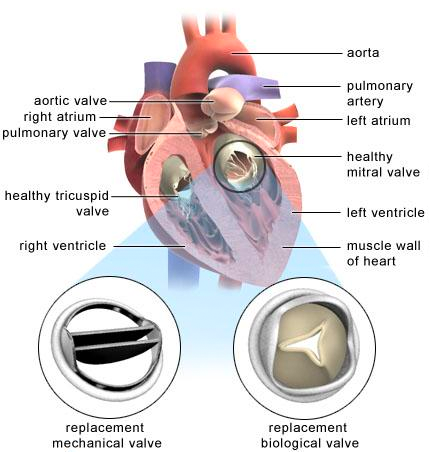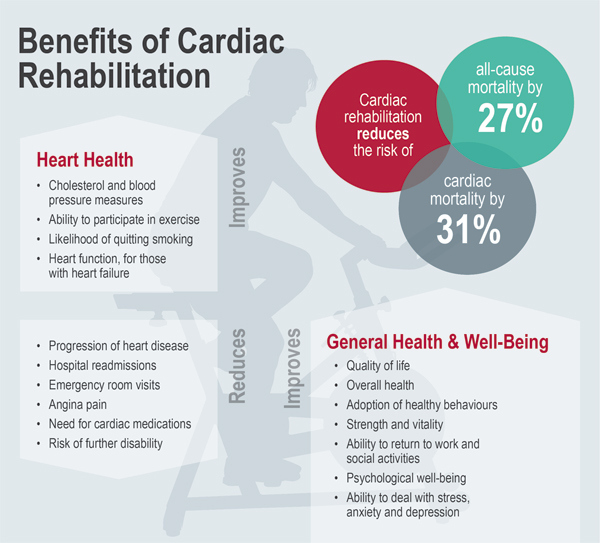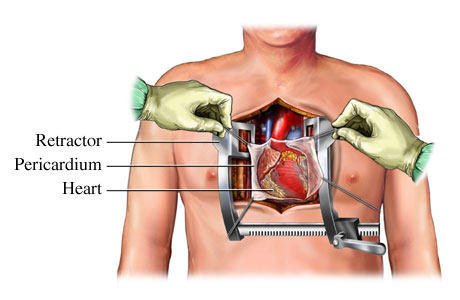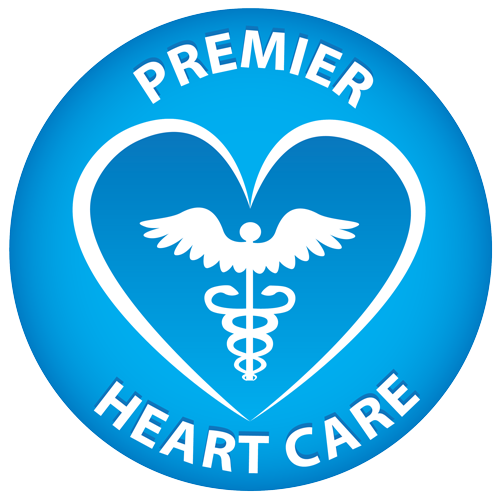What is Coronary Artery Bypass Grafting (CABG)
Coronary Artery Bypass Grafting (CABG) is the most commonly performed cardiovascular surgery procedure. CABG is indicated in patients who have severe coronary artery disease that cannot be adequately treated with medical therapy or coronary angioplasty (PCI).
What are the other indications for cardiovascular surgery?
- Other indications for Cardiovascular Surgery include:
- Valvular Heart Disease: to repair or replace a severely stenosed or leaking valve.
- Congenital Heart disease: to correct a congenital heart defect such as a hole in the heart or other structural defects.
- Aortic Aneurysm or Aortic Dissection: to repair an aneurysmal dilatation or tear of the aorta.
- Peripheral Artery Disease: to repair a blocked aorta or peripheral artery.
How is the CABG procedure performed?
The CABG procedure is performed under general anesthesia. The chest wall is opened through a sternotomy incision (Fig 1). Veins and arteries from the leg or chest are then used to “bypass” the blocked coronary arteries (Fig 2). The chest wall is closed with special sutures and the patient recovers in the Intensive Care Unit. Patients are typically discharged from hospital within one week and usually can resume work after 6 weeks.
How is valve surgery performed?

Fig 3: Mechanical and biological mitral valve replacement (prosthesis)

Fig 4: Benefits of cardiac rehabilitation
The valvular surgery procedure is performed under general anesthesia. The chest wall is opened through a sternotomy incision (Fig 1). The valve is either repaired or replaced with a mechanical valve or a tissue valve (Fig 3).
What is Cardiac Rehabilitation?
Cardiac Rehabilitation facilitates patient recovery after cardiovascular surgery, heart attacks, heart failure or coronary angioplasty (PCI). The cardiac rehabilitation team supervises a structured program of lifestyle changes (including exercise and healthy nutrition) that improve function and quality of life of the patient (Fig 4). The multidisciplinary team includes a physician/cardiologist, exercise physiologist, cardiac nurse, dietician and a psychologist.




